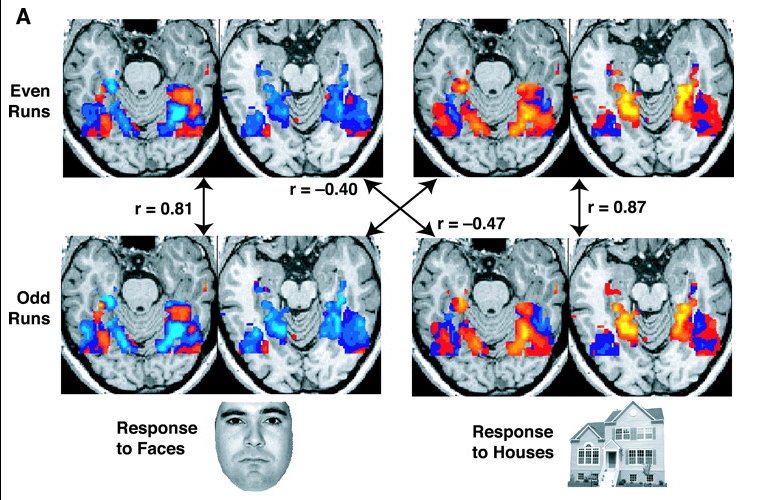The science of the nervous system, the mind, cognition and emotion
Although the study of the mind and its relationship with the brain is a phenomenon with a long historical trajectory, the modern interdisciplinary approach called cognitive neuroscience appeared in 1976 by the hands of Michael Gazzaniga and George Miller.
During the last four decades, brain science has undergone many significant advances, and the multidisciplinary area of cognitive neuroscience has also undergone changes. Initially, cognitive neuroscience was understood as the collaboration between the study of the mind (psychology) and the study of the nervous system (neuroscience). In the early stages, the primary goal was to understand how neurobiological processes gave rise to cognitive processes. That is, to understand cognition through its neurobiological correlates.
However, the mind cannot be fully explained from the cognitive dimension (information processing), but, as we well know today, emotion also plays a fundamental role. For this reason, some authors began to speak of affective neuroscience, to highlight the fact that the study of the nervous system must also be aimed at understanding the emotional dimension of the mind.
At present, when we talk about cognitive neuroscience, we are actually also including the affective dimension, since the old dichotomy between reason and emotion has been overcome. Nobody thinks today that a plausible and complete explanation of the mind can be constructed without taking into account the emotions. Therefore, we could say that cognitive neuroscience actually includes, although sometimes it is not explicitly mentioned, affective neuroscience.
Furthermore, the great challenge of understanding the mind is currently not conceived without taking into account the construction of artificial minds, or at least the computational models of psychological processes.
«
Modern cognitive neuroscience combines neuroscience with psychology and computer science, especially Artificial Intelligence.
»
We could summarize that cognitive neuroscience is the interdisciplinary combination of:
- Neurosciences, which study the nervous system (neuroanatomy, neurophysiology, neurobiology and many other disciplines that begin with the prefix “neuro-“).
- Psychology, which studies the mind and behavior (both in their “normal” and psychopathological functioning).
- Artificial Intelligence and computational models of the mind, which simulate, emulate and replicate? mental processes.

What are the psychological and behavioral processes that cognitive neuroscience tries to explain based on the functioning of the nervous system?
They are perception, attention, motivation, emotion, memory, learning, thinking, intelligence, personality, … and even interpersonal relationships (in this case we would speak of social neuroscience).
In short, we include all the mental processes mentioned under the concept of cognitive science (the science of how the mind works).
«
Cognitive neuroscience aims to understand the functioning of the mind based on scientific evidence obtained from psychological, neurobiological and computational experimentation.
»
In general, we can use the concept of cognitive neuroscience as an “umbrella” term, which refers to all research based on the nervous system. And then we can be more specific, using other terms that refer to more specific lines of research. For example:
– Neuroscience of behavior, to refer to the study of the biological, physiological, psychological and developmental mechanisms that govern behavior.
– Computational neuroscience, when we focus on the development of theoretical models and simulations of the functioning of the nervous system.
– Clinical neuroscience, when we study the neurological mechanisms that cause disorders or diseases.
– Affective neuroscience, to refer to the study of the neuronal bases of emotion.
– Cultural neuroscience, when the focus is on the study of the interrelation between the cultural context and the nervous system.
– Developmental neuroscience (neurodevelopment), when we focus on studying how the nervous system and the mind transition from embryonic state to adulthood.
– Evolutionary neuroscience , to refer to the study of the evolution (phylogenetics) of the nervous system in natural history.
In conclusion, modern cognitive neuroscience is characterized by:
– Having a clear multidisciplinary character, understanding that the mind cannot be understood from a single point of view or level of description.
– Conceiving the mind as a complex phenomenon that arises from the interrelation between biology, psychology and society (psychobiosocial model).
– Understanding that the brain is important, but it does not work in isolation, but rather as part of a more complex system (nervous system, body, family, culture, ecosystem, etc.).
The research methods used in cognitive neuroscience are of many sorts, precisely because they come from multiple disciplines. Traditionally, each scientific discipline has its own research methods, procedures, and paradigms. For example, in psychology of learning the typical experiments involve studying the behavior of animal models (rats, pigeons, etc.), and also of humans and other hominids. Another example is behavioral genetics, where research designs are based on the breeding and selection of animals, as well as the study of natural born human clones (monozygotic twins).
However, the most popular research techniques in cognitive neuroscience are those based on functional neuroimaging, which allow the nervous system to be observed in vivo in a minimally invasive way. Some of these techniques are Functional Magnetic Resonance Imaging (fMRI), Positron Emission Tomography (PET), Magnetoencephalography (MEG), Electroencephalography (EEG), Functional Near Infrared Spectroscopy (fNIRS), etc.

The popularization of neuroimaging techniques, in addition to the research carried out with patients with acquired brain damage, led to a localizationist position, obsessed with finding the areas of the brain associated with specific functions.
Today, we know, for example, that identifying the brain structure that is activated when a person is planning their future is not equivalent to understanding how the brain performs planning processes. It is not even a guarantee that that area is not performing other different processes. In fact, nothing in the nervous system works in isolation (aggregate field perspective).
In reality, we can make the modularist vision coexist with the globalist vision. It is as true that there are specialized modules in the nervous system as there are global patterns of neural interaction. They do not have to be antagonistic views. The big problem with cognitive neuroscience is that the findings are usually communicated in a reductionist way, which makes the public think that the brain is something simpler and more understood than it really is.
